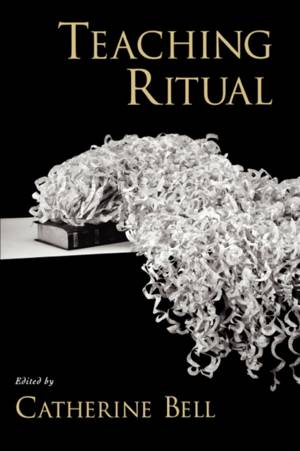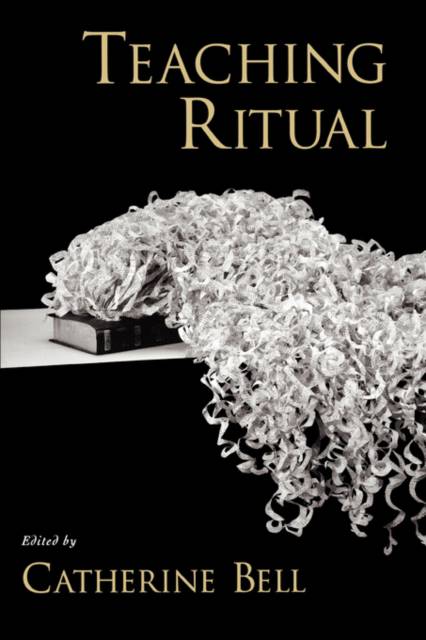
Je cadeautjes zeker op tijd in huis hebben voor de feestdagen? Kom langs in onze winkels en vind het perfecte geschenk!
- Afhalen na 1 uur in een winkel met voorraad
- Gratis thuislevering in België vanaf € 30
- Ruim aanbod met 7 miljoen producten
Je cadeautjes zeker op tijd in huis hebben voor de feestdagen? Kom langs in onze winkels en vind het perfecte geschenk!
- Afhalen na 1 uur in een winkel met voorraad
- Gratis thuislevering in België vanaf € 30
- Ruim aanbod met 7 miljoen producten
Zoeken
Omschrijving
There is a great deal of interest in bringing a better appreciation of ritual into religious studies classes, but many teachers are uncertain how to go about doing this. Religious studies faculty know how to teach texts, but they are often unprepared to teach something for which the meaning lies in the doing. How much doing should a class do? How does the teacher talk about religious concepts that exist in practical relationships, not textual descriptions? These practical issues also give rise to theoretical questions. Giving more attention to ritual effectively suggests a reinterpretation of religion itselfless focused on what people have thought and written, and more focused on how they order their universe. Much of the useful analysis of ritual derives from anthropological and sociological premises, which are often foreign to religious studies faculty and are seen by some as theologically problematic. This is the first resource to address the issues specific to teaching this subject. A stellar cast of contributors, who teach ritual in a wide variety of courses and settings, explain what has worked for them in the classroom, what hasn't, and what they've learned from experience. Their voices range from personal to formal, and their topics from Japanese theatre to using field trips. The result is a thoughtful guide for teachers who are new to the subject as well as experienced ones looking for fresh angles and approaches.
Specificaties
Betrokkenen
- Uitgeverij:
Inhoud
- Aantal bladzijden:
- 320
- Taal:
- Engels
- Reeks:
Eigenschappen
- Productcode (EAN):
- 9780195176469
- Verschijningsdatum:
- 18/05/2007
- Uitvoering:
- Paperback
- Formaat:
- Trade paperback (VS)
- Afmetingen:
- 152 mm x 229 mm
- Gewicht:
- 462 g

Alleen bij Standaard Boekhandel
+ 151 punten op je klantenkaart van Standaard Boekhandel
Beoordelingen
We publiceren alleen reviews die voldoen aan de voorwaarden voor reviews. Bekijk onze voorwaarden voor reviews.








